Monitoring drug quality is becoming an important issue, particularly in developing countries where access to instrumental analysis that could identify low quality drugs is often limited. Poor manufacturing processes or improper storage can affect the quality of drugs, and in the case of fake or counterfeit pharmaceuticals the medications may contain little or no active compound at all. These problems not only deprive patients of treatments, but also contribute to local and global public health problems.
‘Drugs without right amount of active ingredient can lead to pathogens developing that are resistant to that drug – antimicrobial resistance, for example, is a big issue,’ explains Marya Lieberman from the University of Notre Dame in the US, speaking at the 252nd National meeting of the American Chemical Society.
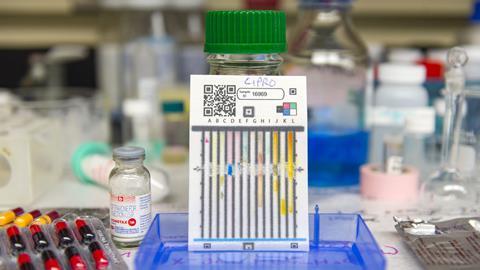
To provide local healthcare professionals with the tools to tackle this problem, Lieberman has developed disposable test cards. The cards are printed with a series of channels which are impregnated with reagents that change colour when they react with different functional groups. The ingredients of a particular pill will therefore give a unique ‘colour barcode’ and deviations from the expected code indicate a potential problem with the medication.
‘For example, a beta lactam antibiotic such as ampicillin will create a very strong signal in lane F – that’s a reaction of the lactam ring with basic copper,’ says Lieberman. ‘Ampicillin also has a primary amine and that will react with the ninhydrin in another lane. So far, we’ve identified around 60 pharmaceuticals that give a unique response on these cards.’
‘In our tests, the cards find about 95% of poor quality medicines, and they can also give false positives, so they are a preliminary screening tool that needs to be backed up with confirmatory analysis,’ she continues. Lieberman and her team are currently trialling the cards with pharmacists in Kenya who are gathering and testing samples, with Lieberman then providing the confirmation tests in the US.
As the volumes of samples have increased, Lieberman has also begun to develop a network of college and university analytical labs to share the burden of testing with undergraduate chemistry students. ‘The samples are very similar to the type of samples those students would analyse in their lab classes so we’re trying to make a connection between collecting the samples in the developing world and providing the follow-up analytical capacity in the US and other places.’
Lieberman hopes to commercialise the cards and is confident that they can be improved to make them simple enough for patients to use. ‘We’re also working on ways to have the cards made in Africa – the fabrication is quite simple so there’s no reason they have to made in the US.’
Raychelle Burks, an analytical chemist at St Edward’s University in the US, is eager to add her support to the project and applauds its goals. ’[The team] has created not only an impressive analytical tool to address a humanitarian issue but a way for teachers and their students to do meaningful work. Students often ask “What is this for in the real world?” This work makes it clear - our work keeps people safe.’

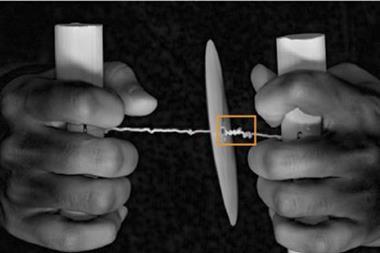



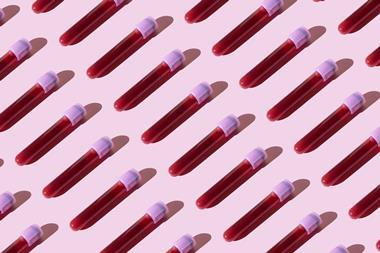


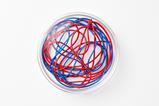


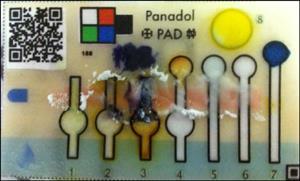












No comments yet